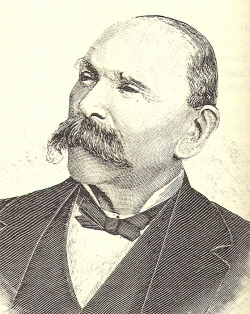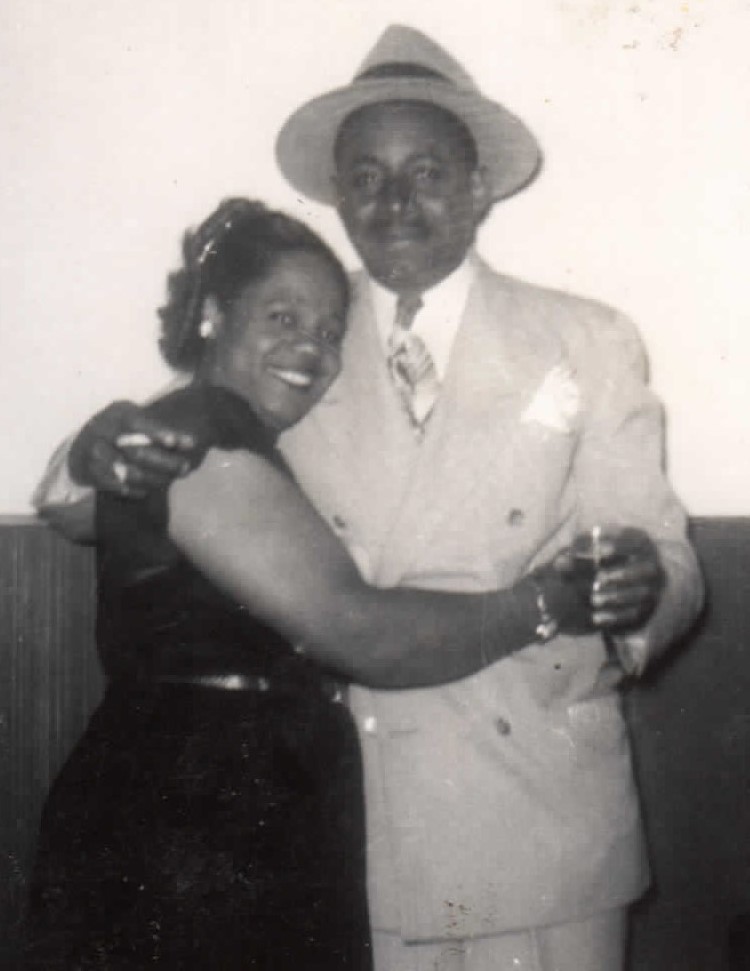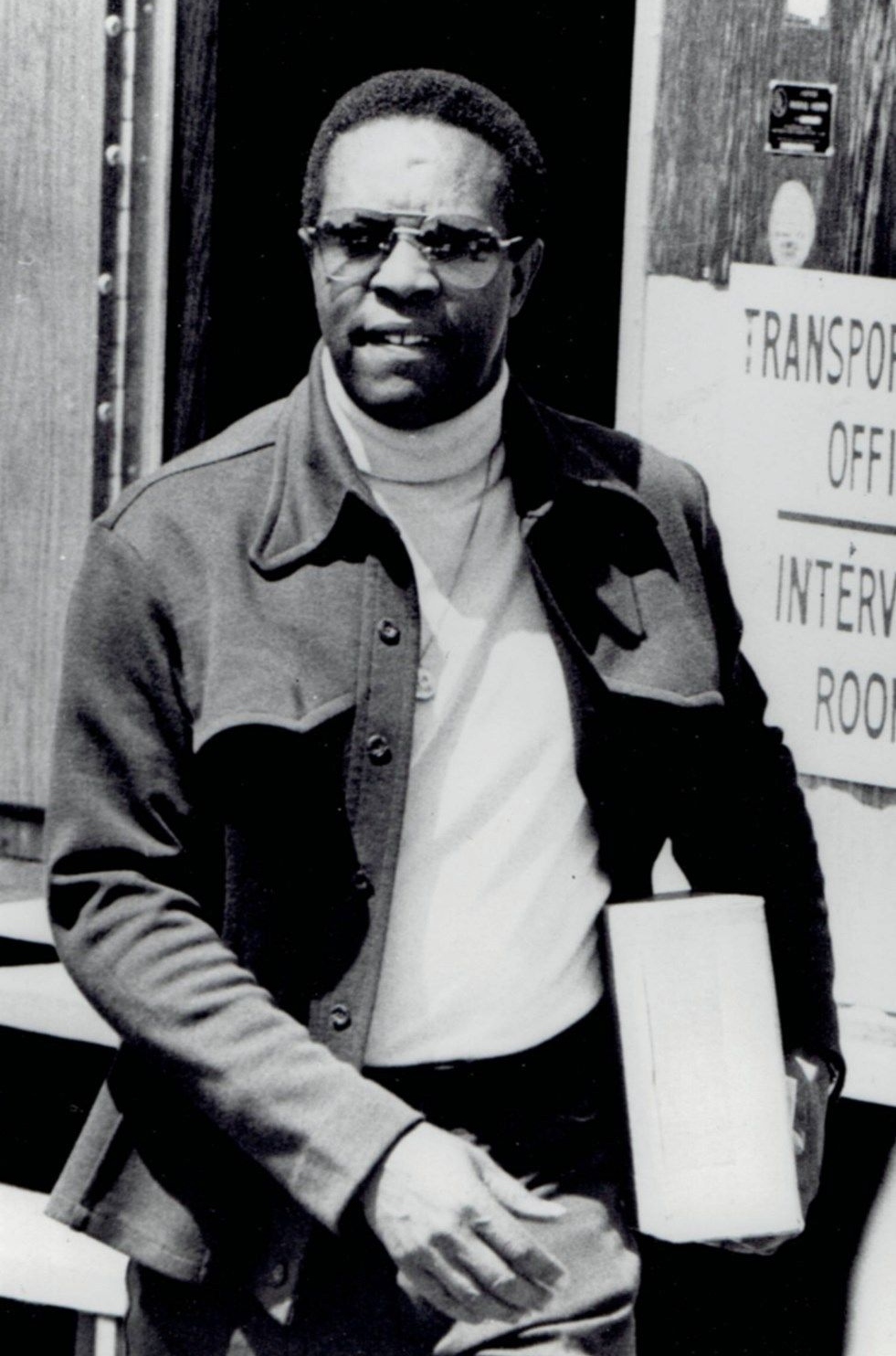Robert Browning Flippin was an important community leader and racial activist in San Francisco beginning in the 1930s through the 1950s. He was also the first African American parole officer at the California State Prison at San Quentin. The son of the black physician George Albert Flippin, Robert attended Nebraska Central College and Washington State College prior to his arrival in San Francisco. In 1936 he also studied medical technology briefly at the Northwest Institute in Minneapolis, Minnesota.
In 1937 Flippin was appointed executive director of the Booker T. Washington Community Center in San Francisco, a recreation facility located in San Francisco’s Western Addition that catered to the city’s small African American population. Here, Flippin interacted with a broad array of San Francisco’s leaders and was regarded by the 1940s as one of the most respected African American leaders in the Bay Area.
Flippin’s leadership was strengthened when he was asked by the San Francisco Chronicle, the city’s largest circulating daily newspaper, to write a weekly column on how World War II was transforming the black community. His popular column, “In the Districts,” ran only a brief time, but it captured the phenomenal growth and vitality of black San Francisco during the World War II era. Between 1940 and 1945, San Francisco’s black population increased from approximately four thousand eight hundred to thirty-two thousand, one of the most dramatic increases in the nation and a direct response to plentiful jobs in the Bay Area’s defense industries. In 1943 Flippin was appointed by the San Francisco Housing Authority to manage the Westside Courts project, the only integrated public housing projects located in San Francisco at that time.
In 1948 Flippin resigned his position as executive director of the Booker T. Washington Community Center to become a parole officer at San Quentin prison, the largest prison in the California State penal system. Flippin’s excellent work in community relations as well as his efforts to curb juvenile delinquency had been recognized by many statewide leaders, including Clinton T. Duffy, who served as warden of San Quentin. Flippin served as a parole officer for fifteen years, and his principal contribution to San Quentin prison was his work with alcoholics and homosexuals. He led the San Quentin Alcoholics Anonymous program, in which he conducted weekly meetings with inmates, conducted individual and group counseling sessions, and invited motivational speakers to San Quentin to speak with inmates.
Flippin also provided counsel and encouragement to gay prisoners and spoke periodically before organizations that promoted the rights of homosexuals in California such as the Mattichine Society, one of the first gay rights organizations established in the nation. Unlike most experts who wrote on homosexuality in the 1940s and 1950s, Flippin insisted that the sexual orientation was neither deviant behavior nor a crime, and that gay men were no more apt to break the law than any other segment of the population.
By 1961 Flippin’s health began to decline, and he retired from San Quentin the following year. He passed away on September 1, 1963, survived by his wife Katherine Stewart Flippin and a sister, Dorothy Flippin Jeffers. Through his example, leadership, and competence, Robert Flippin paved the way for black parole officers and professionals in California State government.




















